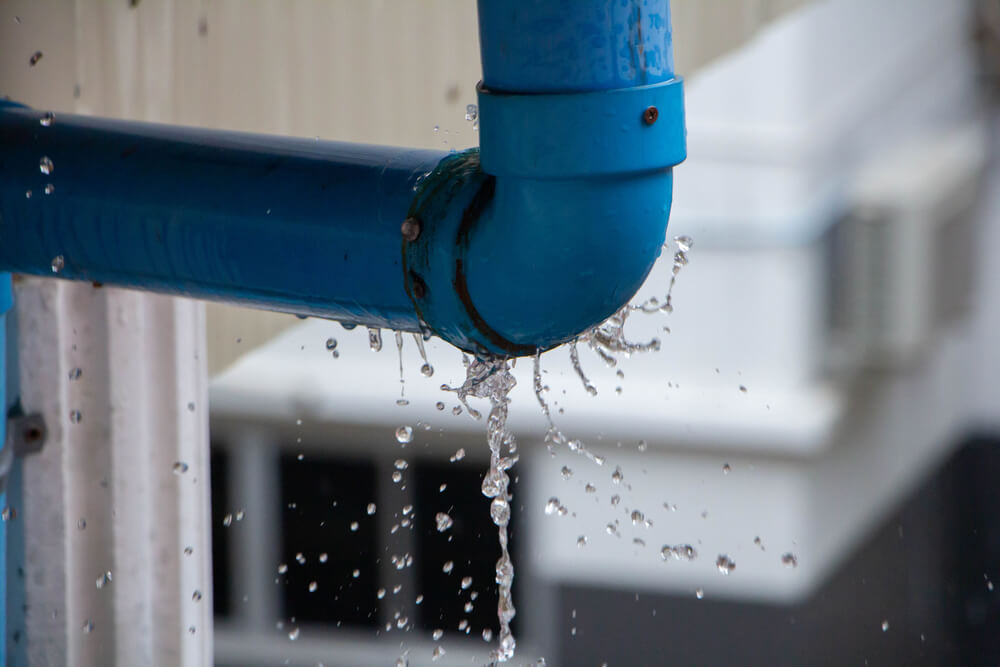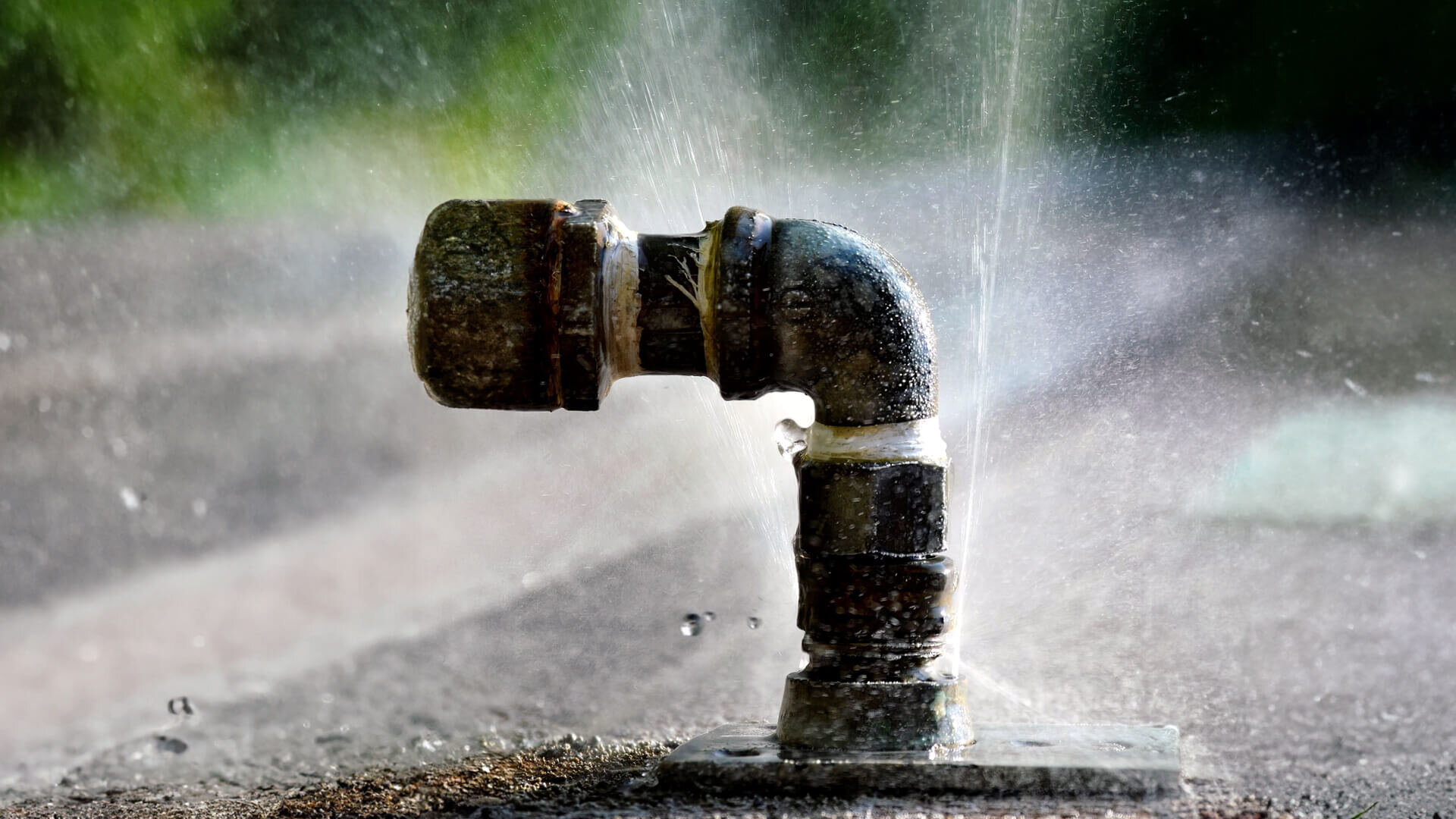What to Do When a Pipeline Bursts: Immediate Steps for Property Owners
A pipe burst can be a home owner's worst headache, resulting in significant damages if not addressed immediately. The prompt action is vital: initially, situate the source of the leakage and shut off the major water valve to stop further flooding. Following this, draining pipes the pipelines comes to be important to reduce additional concerns.

Analyze the Scenario
Begin by determining the source of the leak; this might involve evaluating the area around the ruptured pipeline for noticeable indicators of water escape. If the ruptured occurred in a hidden space, such as within a wall surface or under a flooring, look for water stains or pooling that may suggest the area.
Check for electrical cords that might be subjected to water, as this postures a significant threat of electrocution. Furthermore, take note of any important products or furniture that may be at threat of water damages.
Documenting the damage through pictures can also be helpful, specifically for insurance cases. Time is of the significance, as standing water can lead to mold growth and additional structural damages. By thoroughly analyzing the circumstance, you will certainly be much better prepared to take the required steps to reduce further concerns emerging from the burst pipeline.
Turn Off the Water
The instant priority after determining a ruptured pipeline is to turn off the water supply to stop additional flooding and damages. Locate the primary shut-off shutoff, normally located near the water meter, in the basement, or on an outside wall. Transforming this valve clockwise will stop the circulation of water throughout your home, alleviating the threat of substantial water damage.
If you are incapable to discover the primary shut-off shutoff or if it is malfunctioning, you may require to turn off specific valves attached to the impacted pipeline, if available. Some homes additionally have second shutoffs for specific devices, such as washing dishwashers or devices.
It's advisable to acquaint yourself with the location of these valves before an emergency situation takes place, as this knowledge can save useful time during a dilemma. In the occasion that the major valve is stuck or tough to turn, do not compel it; instead, take into consideration seeking specialist support.
When the water is shut down, take a minute to evaluate the circumstance further while getting ready for the next actions, making sure that your home is as safe as possible from added water intrusion.
Drain the Pipes
After shutting down the water system, it is vital to drain pipes the pipelines to minimize any type of continuing to be water that can cause extra damage. Begin by opening up all faucets in the home, beginning with the highest degree to the most affordable. This process motivates the water to drain totally, allowing gravity to help in getting rid of residual water from the pipelines.

Be cautious when draining hot water, as it can cause burns. Properly draining pipes the pipes is crucial to avoiding further difficulties and helps safeguard your home from added water damage throughout this difficult situation.
Contact a Professional
Following a burst pipeline, getting in touch with a professional plumbing is crucial to make certain a thorough assessment and efficient repair services. Trying to take care of the situation without experienced assistance can lead to additional damages and problems. A certified plumbing has the proficiency Your Domain Name and specialized devices required to recognize the origin of the leak and address it effectively.
When choosing a plumber, prioritize those with a solid track record and pertinent experience in emergency pipes solutions. Examining on the internet testimonials, acquiring references, and validating credentials can assist you make an educated option. It is advisable to call several experts to contrast response times, approximated costs, and service offerings.
Once you have involved a plumber, give them with as much info as feasible about the incident, consisting of the place of the burst pipeline and the steps you have currently taken. This details will help them in detecting the issue promptly and precisely.
Paper the Damages
As soon as a plumbing professional has been spoken to and the immediate issues dealt with, it is essential to document the damages created by the ruptured pipeline. This step is critical for both insurance coverage claims and prospective fixings. Begin by taking clear photos of the affected areas, concentrating on noticeable damages to walls, flooring, and home furnishings. Make certain that images catch various angles and ranges to provide a detailed sight of the scenario.
Following, put together a detailed click over here now checklist of damaged products, including their approximate value and any type of appropriate purchase information. This inventory ought to include long-term fixtures, personal valuables, and any kind of structural damages observed. Ideally, consist of the approximated cost of fixings based upon professional assessments or previous quotes for comparable work.
In addition to written and aesthetic documentation, keep records of any kind of content communications with your plumber and insurance coverage provider. By taking these steps, you will certainly be better prepared to browse the after-effects of the occurrence.

Conclusion
Immediate analysis of the situation, followed by shutting off the major water supply, is vital. Draining the pipelines and recording the damages makes sure appropriate handling of the event for insurance objectives.
The instant priority after identifying a burst pipeline is to shut off the water supply to avoid more flooding and damage. Transforming this valve clockwise will quit the flow of water throughout your home, reducing the threat of considerable water damage.
After shutting off the water supply, it is important to drain pipes the pipes to lessen any kind of staying water that could lead to added damage. For homes with a warm water heater, you should likewise drain the container by attaching a hose to the drain shutoff and directing the water into an ideal container or exterior.
Effectively draining pipes the pipelines is crucial to avoiding further complications and assists guard your home from extra water damage during this difficult situation.